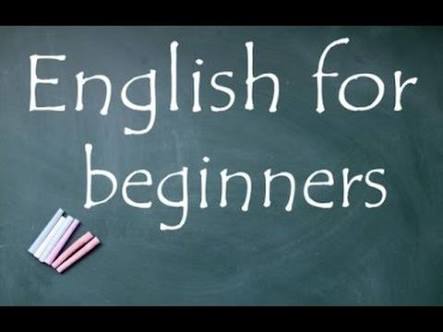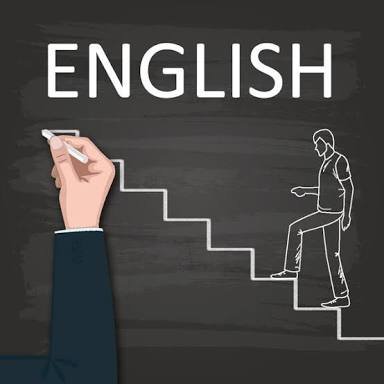Hello errybunny! So I know a few people on here struggle with English.

I’m doing a basic lesson on Shaw academy for English for beginners and thought to share my notes here!
Hope this helps 😊

Let’s start with PARTS OF SPEACH
- NOUN
A noun is the name of a person, place, thing, or idea.
man... Shaw Academy... house... happiness
A noun is a word for a person, place, thing, or idea. Nouns are often used with an article
(the, a, an), but not always. Proper nouns always start with a capital letter; common nouns do not. Nouns can be singular or plural, concrete or abstract. Nouns show possession by
adding 's. Nouns can function in different roles within a sentence; for example, a noun can be a subject, direct object, indirect object, subject complement, or object of a preposition.
The young girl brought me a very long letter from the teacher, and then she quickly disappeared. Oh my!
- PRONOUN
A pronoun is a word used in place of a noun.
She... we... they... it
A pronoun is a word used in place of a noun. A pronoun is usually substituted for a specific noun, which is called its antecedent. In the sentence above, the antecedent for the pronoun she is the girl. Pronouns are further defined by type: personal pronouns refer to specific persons or things; possessive pronouns indicate ownership; reflexive pronouns are
used to emphasize another noun or pronoun; relative pronouns introduce a subordinate clause; and demonstrative pronouns identify, point to, or refer to nouns.
The young girl brought me a very long letter from the teacher, and then she quickly disappeared. Oh my!
- VERB
A verb expresses action or being.
jump... is... write... become
The verb in a sentence expresses action or being. There is a main verb and sometimes one or more helping verbs. ("She can sing." Sing is the main verb; can is the helping verb.) A verb must agree with its subject in number (both are singular or both are plural). Verbs also take different forms to express tense.
The young girl brought me a very long letter from the teacher, and then she quickly disappeared. Oh my!
- ADJECTIVE
An adjective modifies or describes a noun or pronoun.
pretty... old... blue... smart
An adjective is a word used to modify or describe a noun or a pronoun. It usually answers the question of which one, what kind, or how many. (Articles [a, an, the] are usually classified as adjectives.)
The young girl brought me a very long letter from the teacher, and then she quickly disappeared. Oh my!
ADVERB
An adverb modifies or describes a verb, an adjective, or another adverb.
gently... extremely... carefully... well
An adverb describes or modifies a verb, an adjective, or another adverb, but never a noun. It usually answers the questions of when, where, how, why, under what conditions, or to what degree. Adverbs often end in -ly.
The young girl brought me a very long letter from the teacher, and then she quickly disappeared. Oh my!PREPOSITION
A preposition is a word placed before a noun or pronoun to form a phrase modifying another word in the sentence.
by... with.... about... until
(by the tree, with our friends, about the book, until tomorrow)
A preposition is a word placed before a noun or pronoun to form a phrase modifying another word in the sentence. Therefore a preposition is always part of a prepositional phrase. The prepositional phrase almost always functions as an adjective or as an adverb. The following
list includes the most common prepositions:
The young girl brought me a very long letter from the teacher, and then she quickly disappeared. Oh my!
CONJUNCTION
A conjunction joins words, phrases, or clauses.
and... but... or... while... because
A conjunction joins words, phrases, or clauses, and indicates the relationship between the elements joined. Coordinating conjunctions connect grammatically equal elements: and, but, or, nor, for, so, yet. Subordinating conjunctions connect clauses that are not equal: because, although, while, since, etc. There are other types of conjunctions as well.
The young girl brought me a very long letter from the teacher, and then she quickly disappeared. Oh my!INTERJECTION
An interjection is a word used to express emotion.
Oh!... Wow!... Oops!
An interjection is a word used to express emotion. It is often followed by an exclamation point.
The young girl brought me a very long letter from the teacher, and then she quickly disappeared. Oh my!
that’s all from me!

Source: Shaw Academy
Love
🖤
Katrah

Come join us on the VOTU server!

l
Hi! I am a robot. I just upvoted you! I found similar content that readers might be interested in:
https://www.butte.edu/departments/cas/tipsheets/grammar/parts_of_speech.html
Downvoting a post can decrease pending rewards and make it less visible. Common reasons:
Submit
I always get Preposition and Proposition confused.
Which one is good, and which is boring?
Downvoting a post can decrease pending rewards and make it less visible. Common reasons:
Submit